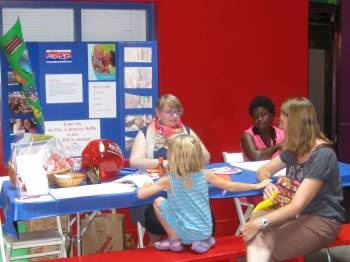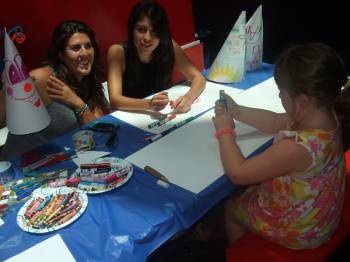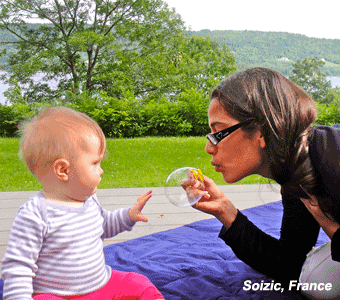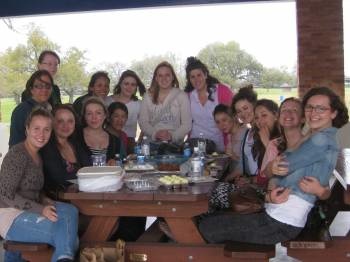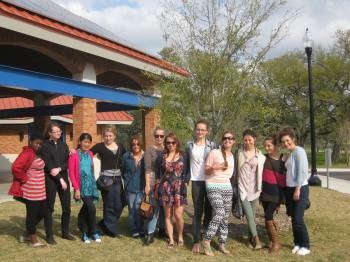Most American children seem to have more toys than children in any other country. Toys are in the children’s bedrooms, the family room, the garage, the basement and even in kitchen cupboards. And during the holiday season and at birthdays, most children will receive more toys as gifts. Do children really need all these toys? Are they necessary for their development? Are some toys better than other? These are a few questions to be answered.
Toys are materials that facilitate play. Toys can be store-bought or homemade, and do not need to be expensive. Children can create toys out of empty boxes, fabric pieces, masking tape, toilet paper tubes, plastic bottle caps, or whatever they choose. Years ago, there were no big stores with rows and rows of toys. Children played with toy dolls made out of corncobs and used their imagination.
Children do not need lots and lots of toys to play with. In fact, children can become overwhelmed by the amount of toys to choose from. Sometimes, it is better to sort through the toys and store some away for a a couple of weeks.
Criteria for selecting appropriate toys include: Is the toy safe? Is it fun? Can the toy be used with little adult supervision? Is the toy durable and versatile? Does it encourage large or small muscle development and eye-hand coordination? Does the toy encourage imagination, creativity or intellectual development? Is the toy developmentally appropriate for the child? Does the toy have more than one use?
The more ways a toy can be used, the better. Open-ended toys encourage creativity and stimulate intellectual development, and include blocks, and other building sets, markers and crayons, baby dolls, pots & pans, and playdough. Wind-up toys, talking dolls and coloring books are generally considered inappropriate because there is only one correct way to play with them.
Suggested toys for infants include nesting blocks, busy boards, shape sorters, balls and books. Infants learn through their senses so as they roll, reach, grasp and crawl, they need a variety of objects to see, hear and touch.
Toddlers seem to prefer pots, pans and containers in the cupboards rather than shiny new toys. Children of this age have a high energy level and are struggling to become independent. Therefore, toddlers explore and get into everything. They prefer toys that can be taken apart and put back together, dump trucks, blocks, sorting materials, toys that make sounds or movements, and toys that stimulate make-believe play. Both infants and toddlers only need a few toys to play with at one time.
Preschoolers and kindergartners enjoy dress-up clothes, blocks, manipulative toys that can be built into something, books, puzzles and wheeled vehicles for their motor development. School-age children are ready for board games, other games with rules, puppets, puppet stage, books, construction toys or toys that can be built into things, such as model kits and crafts.
The toys provided for children reflect our social and cultural issues and can influence a child’s knowledge of the world. Toys that promote violence should be limited. Some say the best toys for children are those that have been around for 30 or more years such as baby dolls and blocks. The best toys stimulate a child’s imagination, promote self esteem, have no right or wrong uses, and are process-oriented rather than product-oriented.
 Is your au pair a superstar? Let us know!
Is your au pair a superstar? Let us know!
